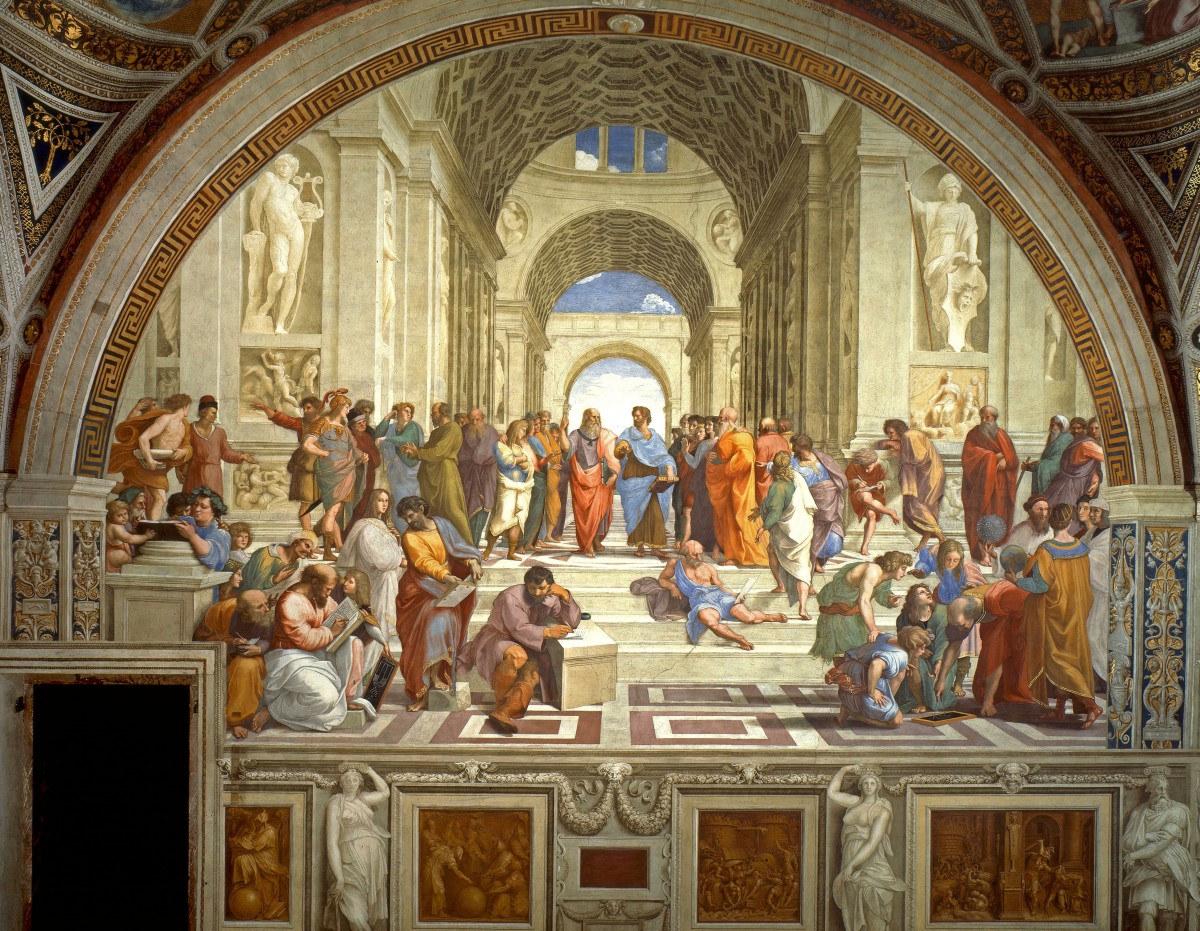The expansion of trade stimulated industry. The towns of Flanders had developed the weaving of woolen cloth in the thirteenth century, with many workers and high profits. In the early fourteenth century perhaps two hundred masters controlled the wool guild of Florence, which produced nearly 100,000 pieces of cloth annually and employed 30,000 men.
The earlier practice of grouping in a single guild all artisans engaged in making a single product was giving way to the modern division (and tension) between capital and labor, and, within the ranks of labor, between the highly skilled. In late fourteenth-century Florence, the strife was intense among the seven great guilds, the fourteen lesser guilds, and the ciompi (workers excluded from the guild membership).
Despite the growth of capitalism, Europe had not yet experienced a full industrial revolution, and most “manufacturing” continued to be what the Latin roots of the word suggest—a “making by hand.” But a few advanced crafts showed modern trends: increase in output, mass production of standardized articles, and specialization of the labor force.
In Lubeck, Hanseatic capitalists promoted the mass output of rosaries by hiring beadmakers and supplying them with materials; in the Habsburg lands of central Europe the silver mines inaugurated round-the-clock operations by dividing their workers among three eight-hour shifts; in Florence twenty or more different specialized crafts participated in woolen production—washing, combing, carding, spinning, weaving, dyeing, and so forth. But the actual work was subcontracted to small domestic shops according to the putout system; instead of the worker’s going to a mill or a factory, the work went to the worker’s home.
The largest industrial establishment in Europe was probably the Venetian arsenal (shipyard), which normally employed a thousand men. These arsenalotti formed a pyramid of skills, with unskilled laborers at the bottom; at the next level, sawyers, who cut the timbers for the galleys, and caulkers, who made the wooden hulls seaworthy; then pulley makers and mast makers; and at the top, highly skilled carpenters, who shaped the lines of the hull. By the sixteenth century, the process of adding a superstructure to the hull and outfitting the vessel was so efficient that it took the arsenalotti only two months to complete and equip a hundred galleys for a campaign against the Turks.

